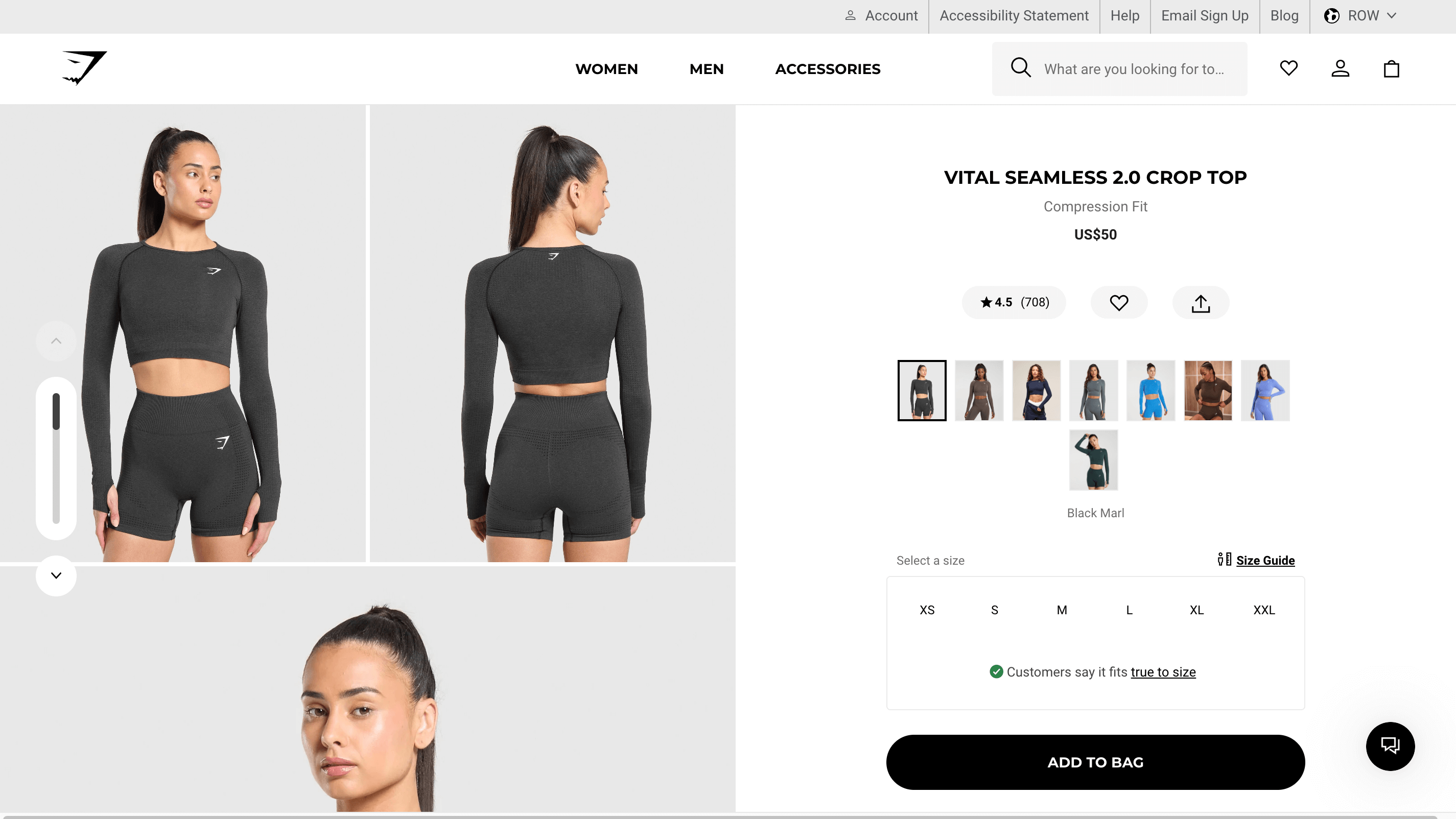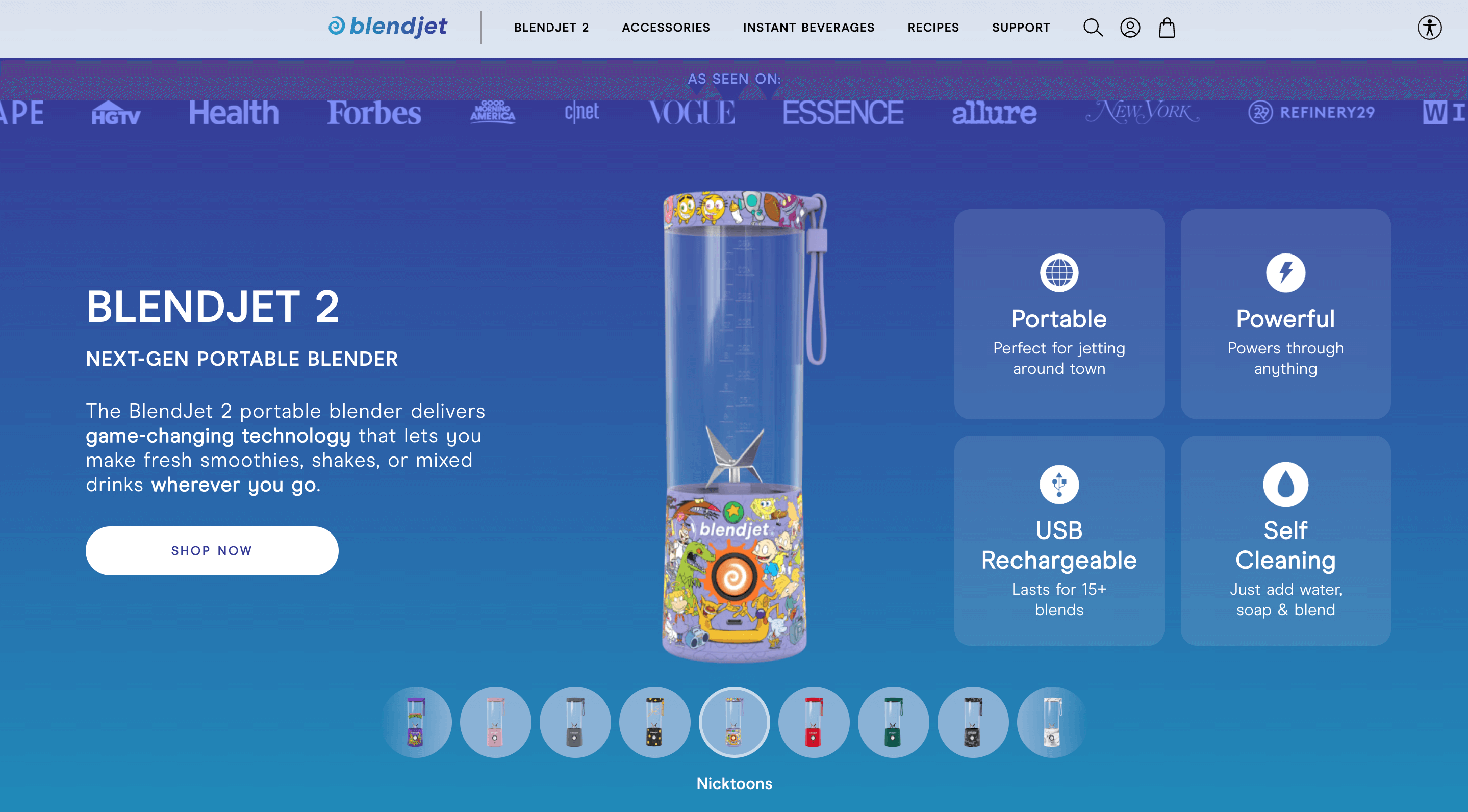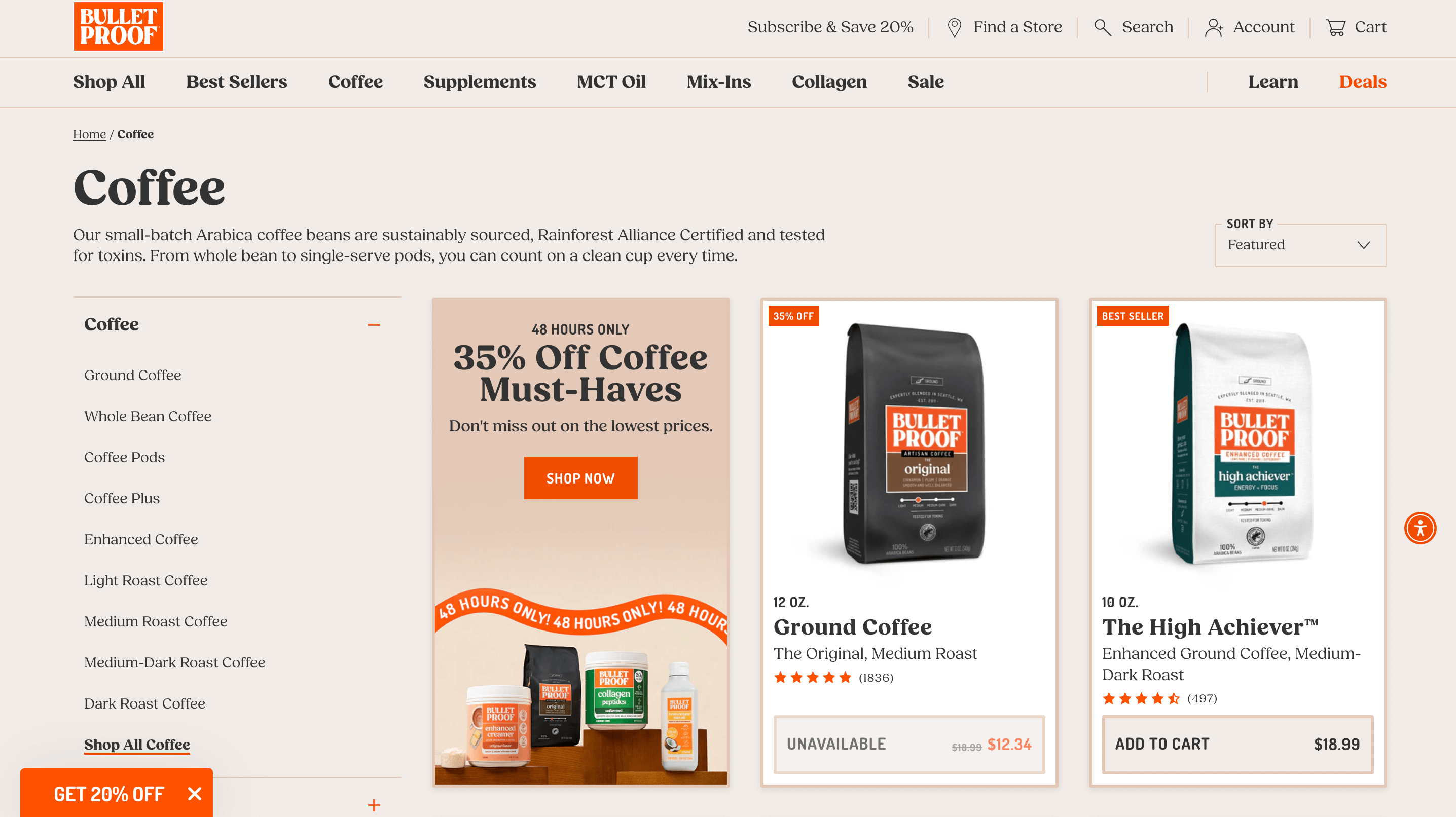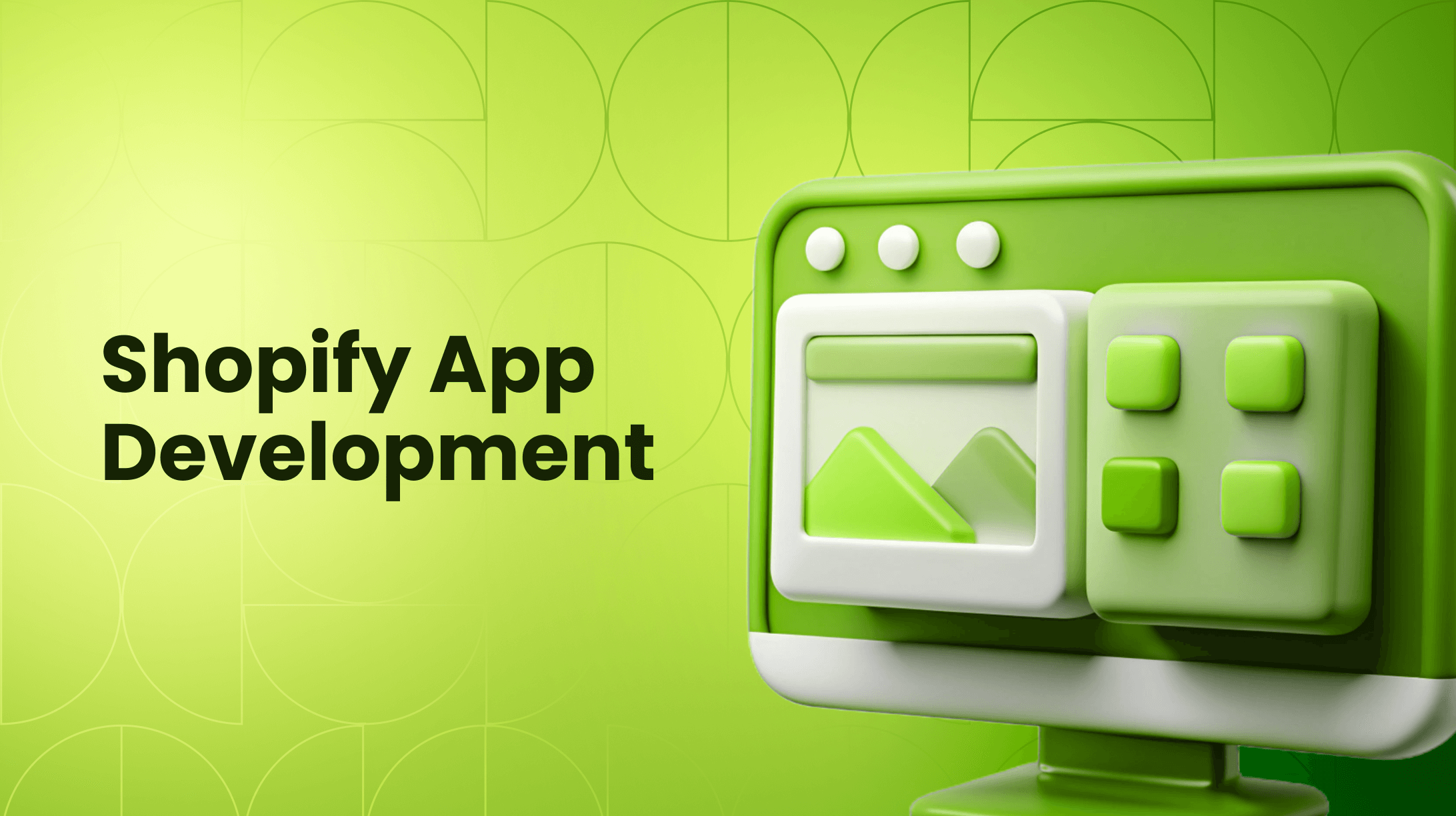0%

In This Article:
What is Dropshipping?
How Does Shopify Dropshipping Work?
Is Dropshipping on Shopify Profitable?
How to Start a Shopify Dropshipping Store: Step-By-Step Guide
How to Set Up Dropshipping on Your Shopify Store
How to Market Your Shopify Dropshipping Store
Shopify Dropshipping Challenges and How to Solve Them
Real-World Dropshipping Success Stories
FAQ
Over 27% of online retailers now use dropshipping as their main order fulfillment method. Despite its popularity, many new entrepreneurs find it challenging to set up a dropshipping store, especially when it comes to Shopify website development, product selection, marketing, and sales.
This article provides a straightforward, step-by-step guide to building your dropshipping business on Shopify, enabling you to launch and grow your store quickly while focusing on branding and marketing.
What is Dropshipping?
Shopify dropshipping is a retail fulfillment method where the store owner does not keep products in stock. Instead, when a customer places an order, the store purchases the item from a third-party supplier who then ships it directly to the customer. This model allows entrepreneurs to run an online store without managing inventory or handling product shipping.
Key features of dropshipping include:
- No need to buy or store inventory upfront
- Suppliers handle product packaging and shipping
- Lower upfront investment and reduced financial risk
- Ability to offer a wide range of products without stocking them
- Focus on marketing, customer service, and brand building
- Flexibility to run the business from anywhere with internet access
Shopify simplifies the process through its integrated dropshipping platform, which allows you to connect with suppliers, manage orders, and build your brand.
How Does Shopify Dropshipping Work?
Dropshipping on Shopify allows you to sell products without holding inventory, using a streamlined order and fulfillment process:
- Customer Places an Order – A customer visits your Shopify store and buys a product.
- Order Notification – You receive an order notification via Shopify dashboard or email.
- Order Processing – You forward the order details to your dropshipping supplier manually or automatically.
- Supplier Fulfillment – The supplier packs and ships the product directly to the customer.
- Shipping Notification – The supplier provides a tracking number, which you share with the customer.
- Customer Receives the Order – The product arrives at the customer’s address.
- Customer Service – You handle inquiries, returns, or issues with shipping or product quality.
- Profit Margin – You earn the difference between your retail price and the supplier’s wholesale price.
Is Dropshipping on Shopify Profitable?
Shopify dropshipping can be a highly profitable business model, but it is not a guaranteed path to easy money. Its profitability hinges on a strategic approach rather than mere luck.
The low barrier to entry is a key advantage, you can start without a large upfront investment in inventory, warehousing, or logistics. This allows you to test multiple products and niches with minimal financial risk.
However, profitability is determined by your ability to master several key areas:
- Niche and Product Selection – The core of a profitable store. You must identify products with high demand, good profit margins, and a unique value proposition that stands out in a competitive market.
- Effective Marketing – Simply having a store is not enough. Driving targeted traffic through platforms like TikTok, Instagram, Facebook Ads, and Google SEO is essential for generating sales.
- Customer Experience – Your reputation depends on it. Partnering with reliable suppliers ensures product quality and timely shipping, while providing excellent customer service builds trust and encourages repeat business.
Strategic Pricing – Your pricing must not only cover the product and shipping costs but also your marketing expenses, Shopify subscription, transaction fees, and other overhead, while still leaving a healthy profit.
How to Start a Shopify Dropshipping Store: Step-By-Step Guide
To start your Shopify dropshipping business, you first need to set up your Shopify store. This section covers all the necessary steps for that process.
1. Choose Your Dropshipping Niche
Select a niche that fits both market demand and your interests, ideally where customers are passionate spenders. Before you decide, validate it through an analysis of search trends, social media, and competitors.
2. Research Products and Competitors
Once you've selected your niche, dive deep into understanding what makes products successful in that space. Study competitors to identify what's working well, paying close attention to:
- Products with consistent positive reviews
- Items that solve specific problems
- Products with visual appeal for social media
- Items with healthy profit margins (typically 25-50%)
3. Create Your Shopify Store
First, visit the Shopify website and register for an account. Enter your email address and a secure password. Then, complete your store’s profile with details like your business name, address, and contact information.
For your plan, you can start with the ‘Start Free Trial’. We recommend the Basic Shopify plan for new dropshippers, but to help you choose the right plan for your budget and needs both now and as you scale, we've created a detailed Shopify pricing guide.
4. Configure Essential Business Settings
Proper configuration ensures your store operates smoothly and professionally. Set up these critical components:
Setting Type | What to Configure |
|---|---|
Payments | Enable multiple payment options including credit cards and PayPal |
Shipping | Set rates, delivery zones, and processing times |
Taxes | Configure automatic tax calculations for your regions |
Policies | Create clear return, privacy, and terms of service pages |
How to Set Up Dropshipping on Your Shopify Store
Now that your Shopify store is built, it's time to integrate the core engine of your business: the dropshipping model. This process connects your store to global suppliers and automates order fulfillment. Follow the steps below to transform your storefront into a fully-functional dropshipping business.
1. Select and Install a Dropshipping App
Think of a dropshipping app as the bridge between your store and your suppliers. It’s the tool you’ll use to find products, manage orders, and automate fulfillment. Your first step is to choose the right one for your needs.
Navigate to the Shopify App Store from your admin dashboard and search for dropshipping apps. To help you decide, here’s a quick comparison of popular options:
App | Best For | Key Feature |
DSers | Beginners & scaling businesses | Strong AliExpress integration, bulk ordering |
Spocket | Higher-quality products & faster shipping | US & EU suppliers, branded invoicing |
Modalyst | Trendy & unique items | Focus on independent brands and print-on-demand
|
Once you've chosen, click "Add app" and follow the installation prompts to connect it to your store.
2. Import and Customize Your Products
With your app installed, you can now populate your store with products. Use the app’s search function to find items that match your niche, prioritizing those with high ratings and reliable suppliers.
When you find a product you want to sell, don't just import it directly. To build a strong brand and avoid being a generic copycat store, you must customize every listing. This involves:
- Rewriting the title and description to be engaging and SEO-friendly.
- Using high-quality images and, if possible, adding your own.
- Setting a strategic price that accounts for all your costs and desired profit margin.
Click "Import" to add the fully customized product to your Shopify inventory.
3. Automate Your Order Fulfillment
Automation is what makes dropshipping scalable. Your goal is to create a system where customer orders are handled with minimal manual intervention. Configure your dropshipping app's settings to automatically forward new orders to the correct supplier as soon as payment is received on your store.
To ensure a smooth customer experience, you should also:
- Enable seamless payment processing to the supplier to prevent fulfillment delays.
- Clearly communicate expected shipping times on your product pages and at checkout.
4. Actively Manage Supplier Relationships
Your suppliers are your business partners. Their performance directly impacts your reputation. Use your dropshipping app’s dashboard to regularly monitor key metrics like delivery times and product quality. It is crucial to maintain open communication with your suppliers and address any issues promptly. Always have a backup supplier for your best-selling products to mitigate risks like sudden stockouts or shipping problems.
5. Keep Your Inventory and Listings Fresh
The market is always changing, and your store should too. Your dropshipping app will typically sync inventory levels to prevent overselling, but your job is to strategically manage your catalog.
Regularly review your analytics to identify your best-performing products and pause listings that aren’t selling. Continuously optimize your product pages with new images or improved descriptions to boost conversion rates, and stay alert to new trends to keep your product offerings exciting for returning customers.
How to Market Your Shopify Dropshipping Store
Your store is live, but it needs visitors to make sales. This section covers key marketing strategies to drive traffic. For a deep dive on converting that traffic, see our guide on how to get sales on Shopify.
1. Develop a Multi-Channel Marketing Strategy
Avoid the risk of a single traffic source by marketing where your audience spends time. First, define your target customer to select the right platforms. A balanced approach that mixes organic methods for long-term growth with paid ads for immediate sales is most effective.
2. Execute Organic Growth Tactics
Organic marketing builds a foundation of trust and credibility without a direct ad spend. It requires consistent effort but delivers compounding returns.
- Master SEO – Optimize your product titles, descriptions, and blog content with relevant keywords so your store ranks higher in Google search results.
- Leverage Social Media – Choose one or two platforms where your audience is most active (like TikTok for trendy products or Instagram for visual goods). Post engaging content regularly, not just product links, to build a community.
- Start an Email List – Use a Shopify app to collect email addresses from visitors. Send out newsletters with valuable content, promotions, and new product announcements to turn one-time buyers into repeat customers.
3. Invest in Paid Advertising for Quick Wins
While organic growth builds over time, paid ads can put your products in front of a targeted audience instantly. The most effective platforms for dropshippers are often Facebook/Instagram Ads and Google Ads.
- Facebook/Instagram Ads – Perfect for targeting users based on their interests, behaviors, and demographics. Start with a small budget to test different ad creatives and audiences.
- Google Ads – Use Google Shopping ads to display your products directly in search results when people look for items similar to yours.
To help you decide, here’s a quick comparison:
Channel | Best For | Key Consideration |
Facebook/Instagram Ads | Building brand awareness & targeting interests | Highly visual ads often perform best |
TikTok Ads | Reaching a younger audience with viral content | Requires creative, native-looking video |
Google Shopping Ads | Capturing high-intent shoppers ready to buy | You're competing on price and product quality directly |
4. Track and Optimize Your Campaigns
Marketing requires constant attention. Use tools like Google Analytics to monitor key metrics such as traffic, conversion rate, and cost per acquisition. Focus your budget on the strategies and ads that drive sales, and pause those that waste resources. This ongoing optimization is essential for profitability.
Shopify Dropshipping Challenges and How to Solve Them
While dropshipping on Shopify lowers startup barriers, it introduces unique operational hurdles that every successful store owner must learn to navigate. Here are the most common challenges and practical solutions to overcome them:
Challenge | Solution |
Managing Supplier Reliability - Unreliable suppliers cause shipping delays and quality issues that damage your reputation. | Vet suppliers thoroughly before partnering. Order samples, read recent reviews, and maintain backup suppliers for key products. |
Handling Customer Service Demands - Customers contact you for shipping updates and returns that are handled by suppliers. | Set clear shipping and return expectations. Use automated tracking emails and create detailed FAQ pages. |
Navigating Thin Profit Margins - Price wars and competition squeeze profitability. | Build a strong brand instead of just selling products. Use product bundling and target niche markets. |
Dealing with Inventory Issues - Suppliers running out of stock leads to canceled orders. | Use inventory sync apps and monitor stock levels regularly. Maintain multiple suppliers for popular items. |
Standing Out in Crowded Markets - Many sellers offer identical products from the same suppliers. | Create unique branding and custom content. Use professional photos and build community around your niche. |
Real-World Dropshipping Success Stories
Here are three verified, real examples of successful Shopify dropshipping stores with documented results:
1. Gymshark
Founded by Ben Francis in 2012 with no initial funding, Gymshark started as a dropshipping supplement business before moving into custom apparel. The brand leveraged fitness influencers and social media to build a massive following.
- Grew from a garage operation to $1.5+ billion valuation
- Generated over $500 million in annual revenue by 2023
- Key to success: Partnered with fitness influencers years before it became mainstream

2. BlendJet
Started as a dropshipped product that went viral on social media. The founders initially sold through Shopify before manufacturing their own improved version.
- Sold over 5 million units worldwide
- Generated $165+ million in annual revenue
- Featured on Shark Tank and secured a deal with Daymond John
- Key to success: Viral video marketing and product demonstration content

3. Bulletproof
Dave Asprey started by dropshipping Bulletproof Coffee ingredients before creating his own product line. The business began as a simple Shopify store selling specialized coffee and supplements.
- Grew to $200+ million in annual revenue
- Secured $40 million in venture funding
- Expanded to 2,000+ retail locations nationwide
- Key to success: Built a strong brand around a specific lifestyle and health philosophy

Start Your Dropshipping Journey Today
Shopify dropshipping removes the traditional barriers of inventory and upfront costs, letting you start selling quickly. This guide has provided the essential steps from setup to marketing to launch your store.
You now have the foundation. Take the first step toward building your own profitable online business today.
FAQ
How do I start dropshipping on Shopify?
To start dropshipping on Shopify, follow these steps: choose your niche, sign up for Shopify, select and install a dropshipping app like DSers or Spocket, import and customize products from suppliers, set up your payment and shipping settings, and finally launch your store with a marketing plan.
How much money do you need to dropship on Shopify?
You can start with as little as $50-100 for your initial Shopify subscription and essential apps. While the business model eliminates inventory costs, you'll need a small budget for marketing, apps, and potentially product samples. Many entrepreneurs start with under $200 and reinvest their early profits to grow.
Is dropshipping with Shopify free?
Shopify itself isn't free, but it offers a 3-day free trial to start. After the trial, plans start at $39 per month. While you can build your store during the trial period, you'll need to pay for a subscription to continue operating. Additional costs may include apps, marketing, and transaction fees.
Is Shopify good for dropshipping?
Yes, Shopify is excellent for dropshipping. It integrates directly with key apps like DSers to automate product imports and order fulfillment, providing a complete, user-friendly platform. While there are monthly costs, its specialized features make it the top choice for building a successful dropshipping business.
Expert in creating engaging written content. Skilled at analyzing audience behaviors and refining strategies to align business goals with customer interests. Proven ability to craft content that connects deeply with audiences. Passionate about staying current with trends to boost engagement.
Expert in creating engaging written content. Skilled at analyzing audience behaviors and refining strategies to align business goals with customer interests. Proven ability to craft content that connects deeply with audiences. Passionate about staying current with trends to boost engagement.



